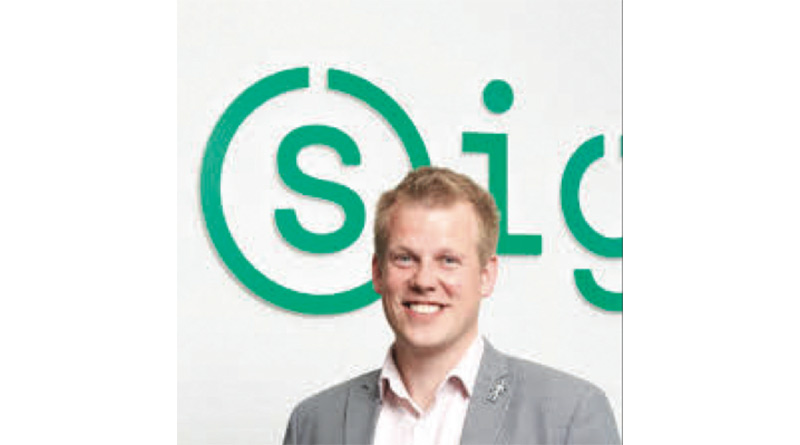Making Spaces Inhospitable For Covid

By Nathanael Dannenberg, National Sales Manager Signify UKI (www.signify.com/en-gb)
How light can efficiently disinfect air, surfaces and objects helping to keep your spaces safe
Businesses have worked incredibly hard to get back to some sort of normality but adapting in the face of the pandemic is placing a huge strain on the hospitality sector.As restrictions fluctuate, hotels, pubs and restaurants continue to try and maintain a safe but steady flow of customers.We know what they and will expect, for themselves and their families – assurances that everything possible is being done to protect their safety.And the same goes for staff.
Additional cleaning comes at a cost – with PPE (describe in words if necessary) and anti-viral cleaning equipment putting a financial burden on businesses (+ chemicals putting a burden in the environment?). Another challenge is the additional time it now takes to ensure a space is safe for customers to come into.Time and staffing that businesses can ill afford. Hospitality businesses have to create an environment where guests feel safe; where disinfection is quick, efficient and effective, all without incurring massive additional costs. Now, the sector is exploring ingenious solutions to make its spaces inhospitable to Covid-19.
UNDERSTANDING AND BLOCKING TRANSMIS- SION
Viruses spread primarily through three vectors:
1.Direct air-borne transmission between people – such as a cough or sneeze
2.Indirect air-borne transmission through air flows – such as circulated air in a building
3.Indirect surface-borne transmission via contaminated surfaces – picking up an infected phone, or piece of cutlery, for example
That’s why, to protect the health of customers and staff, hospitality businesses must disinfect both? air, surfaces and objects. Enter UV-C. UV- C radiation is part of the spectrum of light and when bacteria, viruses and spores come into contact with it, the light breaks down their DNA, deactivating them.Today, businesses are using this principle to build lights that harness UV-C to disinfect air and surfaces. In fact, recent research conducted by Boston University showed that more than 99% of the virus that causes Covid-19 (SARS-CoV-2) was inactivated after just six seconds of exposure to UV-C light sources.
This isn’t actually new technology – it’s been used in hospitals and agriculture for decades to disinfect equipment, food and produce. And with the pandemic posing new challenges for the hospitality sector, businesses here too are also applying the disinfecting capabilities of lighting.
WHAT ARE THE SOLUTIONS?
UV-C lighting solutions can come in a number of different forms. For example, it can be integrated into the existing lighting or air-conditioning system or contained in a cabinet (often used for disinfecting PPE or small items). One option that’s increasingly being applied in hospitality is UV-C trolleys, particularly in hotel guest rooms, retail outlets, spas, restaurants and industrial kitchens. UV-C trolleys allow for surfaces in a given space to be sanitised remotely. Once a space has been cleaned and turned over as normal, a trolley can be put into the room, giving it an additional layer of disinfecting.They also come equipped with timers meaning staff can simply set it up, go and come back once it’s done.This is providing an additional layer of safety to avoid direct exposure on people.
UV-C equipment can allow hospitality businesses to sanitise a space or equipment, without the need for a member of staff to be there, also sav- ing money on the amount of disposable cleaning equipment. Most importantly, it provides reassurance to customers that they are entering a clean and healthy environment.
The world may not return to pre-Covid conditions for a considerable amount of time. However, there are solutions out there to help busi- nesses better adapt to the challenges they face. UV-C lighting provides a cost effective, time saving way for the hospitality sector helping to keep its premises healthy and safe.
